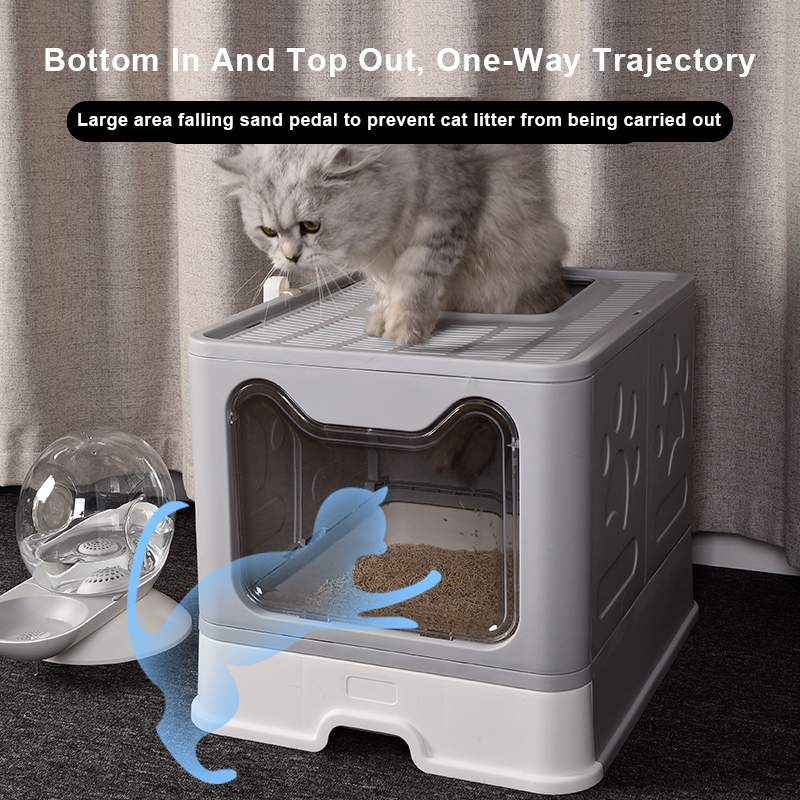The impact of cat litter basin
Why say “litter bowl”?
Because the physical condition of the cat has a great relationship with urination and defecation, we can roughly judge whether the cat is healthy by observing the situation of the cat litter in the litter basin.
1. It is recommended to clean the litter basin once every morning and evening
Clean the cat’s litter in the room every morning and night, and drink it in time to reduce the taste of the cat’s litter.
If you don’t clean it in time, the litter basin is too dirty. Don’t blame the cat for “drawing a map” for you on the floor / bed / sofa~
2. Don’t put too little litter. The cat is unhappy and difficult to clean up
I’ve seen the boss of the litter basin put only a small pile of litter before.
Although you can’t be wrong, it won’t save much cat litter.
I usually cover the litter basin with a thick layer, so that the cat is not easy to touch the bottom of the basin when urinating and urinating, and it can be better buried.
[cleaning frequency of litter basin]: generally, it is cleaned once every 7-10 days; If the cat litter is used quickly, the time can be shortened according to the actual situation.

3. Observe the frequency of urination and defecation of cats every day
For kittens, urinate once every 4-5 days; Adult cats 2-3 times a day, if less or more than once is normal.
If you defecate, you usually eat more and pull more. For example, large cats may pull 3-4 times a day, while small and medium-sized cats only pull 1-2 times a day.
4. Observe the color of cat litter
There are three types of common cat litter on the market. One is bentonite (cheap but dusty), one is tofu sand, and another is mixed sand.
I use the last one. The feeling of using it is that it can absorb water and cover the taste. It’s more comfortable to use.
Normally, after a cat urinates, the litter ball is the color after normal immersion in water, but if its color is black and red, it is wrong. It is likely to be caused by blood in the cat’s urine or stool.
[suggestion]: take photos and show them to the doctor to check if the cat is unwell.
5. Observe the softness of the cat’s stool
I’ve seen many friends think that as long as the cat’s POOP is in a “strip”, they think it’s OK. In fact, it’s not.
“Strip” means that the basic shape of the stool is OK, but if it has a high degree of adhesion and the cat’s stool looks “lump”, it means that the cat has some “soft stool”.
This situation often occurs at the beginning of grain change, but gastrointestinal discomfort (possibly inflammation) will also appear at ordinary times.
[suggestions]:
① If the condition of the cat continues to worsen, go to the hospital every day.
② If the situation is improved after adding a small amount of “montmorillonite powder” into the grain, it can be reduced slowly and observed again. If the stool state and color are normal, there is no problem.
③ It is recommended to change the food in 7-10 days. It is best not to change it directly at one time. Cats may not adapt; If the cat still has soft stool after normal food change, it may be caused by cat food. It is recommended to consult the doctor and follow the doctor’s advice for improvement.
Visit www.petnessgo.com to know more details.
Post time: Apr-14-2022







